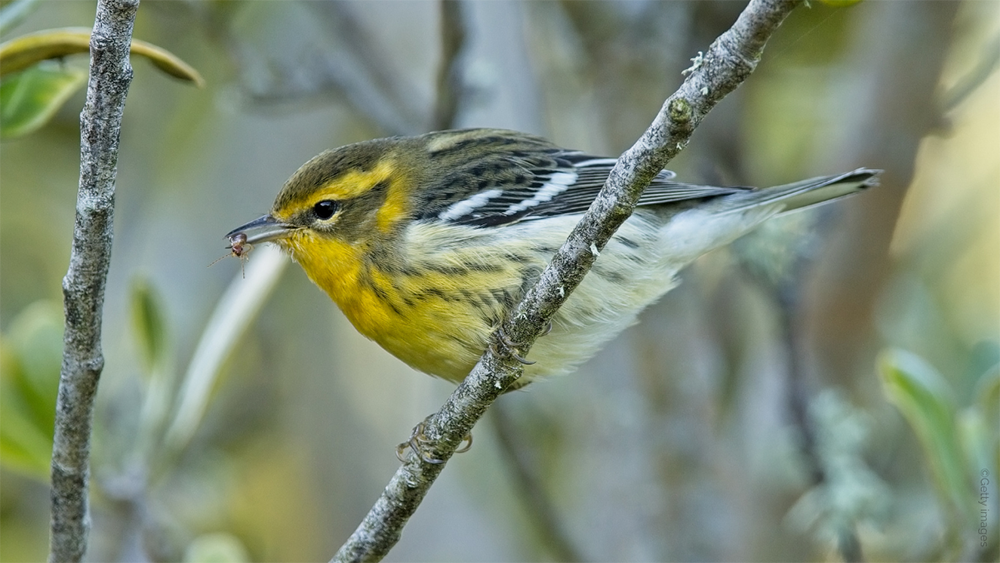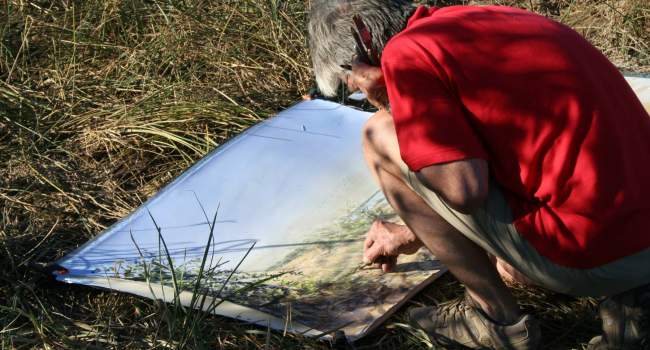
BirdTrack migration blog (22–28 September)
As always, the weather is a huge factor in which species are seen where across Britain and Ireland, and the past week has been no exception. A spell of north-westerly winds on Sunday provided a wealth of seabirds along the east coast, with good numbers of Sooty Shearwaters seen. Mixed in were several Balearic Shearwaters and the odd Cory’s Shearwater, both of which are far more regular off southern coasts and would have been a welcome sight for many an east coast birder. With an increase in Kittiwake and tern reports came a similar increase in Arctic Skua reports. This is typical for this time of year as both adult and young birds head south, harassing Kittiwakes and other seabirds along the way to give up their food.
After a slow start to autumn migration, reports of Grey Plover jumped up last week, as birds dispersed away from their Siberian breeding grounds, no doubt taking advantage of the north-easterly winds. While some of these Grey Plovers will stay and spend the winter around the coast and on estuaries, others will continue south to winter in western and southern Africa. The black ‘arm-pit’ is a good identification feature on flying birds and helps separate them from Golden Plovers, as both species can look similar at this time of year when they are in their non-breeding plumage.
On land, these same winds produced a variety of common migrants, with increased reports of both Blackcap and Chiffchaff. This is now the peak of their autumn passage, and numbers will drop as we progress into October. A smaller arrival of Pied Flycatchers and Redstarts also brought with it the first Yellow-browed Warblers of the autumn, with around 60 birds reported from Shetland in the north to Scilly in the south. This species is a regular autumn migrant and a favourite with birdwatchers, and they can be found not only at coastal sites but also inland. Alongside the first Yellow-browed Warblers, a scattering of Barred Warblers and Red-breasted Flycatchers was also noted, as well as two Red-flanked Bluetails. Many will be hoping for more Red-flanked Bluetails later in the autumn, as this once ultra-rare species has expanded its range across Finland and is breeding in ever-increasing numbers. As a result, it is becoming a more frequent passage migrant.
We don’t generally think of Robins and Dunnocks as migratory species, but in the last couple of weeks, birds have been arriving from across Europe to spend the winter here. Numbers along coastal sites have increased, and over the next few weeks these birds will disperse inland. The Robin you see in your garden over the winter could in fact be a bird that bred in Poland or Germany.
On Wednesday, a fast-tracking low-pressure system moved across the Atlantic. Not only did this bring strong winds and rain to many parts of the country, but it also brought with it a deluge of American birds. At the time of writing, the tally of American waifs consisted of Bay-breasted Warbler, Blackburnian Warbler, Magnolia Warbler, Tennessee Warbler, Alder Flycatcher, Bobolink, Black-and-white Warbler, Baltimore Oriole, Buff-bellied Pipit, four American Cliff Swallows, and eight plus Red-eyed Vireos. It is likely that more will be found over the next couple of days.

Looking ahead
Next week looks to pick up where this week left off, with the remnants of Hurricane Nigel hitting the west coast on Monday. This will bring another batch of high winds and rain for many parts as it tracks across the country and may well produce another few American passerines. For anyone able to get to the west coast on Monday, checking the headlands and coastal scrub after the rain has passed could provide you with a dream rare bird. For the rest of the country, the coming weekend and following week look less than ideal for migration, with strong westerly and southerly winds forecast. What this does mean is that those migrants that are already here are unlikely to move too far, which gives you a chance to check lots of locations. Species like Swallow and House Martin will flock together, often hunting over waterbodies to build up their fat reserves ready for when the weather does clear. The same is true for other species, such as warblers and chats, which will take advantage of what seems to be a good berry year and feast while they can.

A brief spell of easterly winds on Thursday could see migration pick up a little, and those birds that have been held up here will push south. Species to look out for include Ring Ouzel, Pied Flycatcher, Goldcrest, Skylark, Short-eared Owl, and Jay. While we may think of Jay as being fairly sedentary during the autumn, they become more conspicuous as they search out acorns, which they stash to feast on during the winter months. During years when there is an acorn shortage, irruptions of Jays can occur with birds from populations in Fennoscandia heading south and west in search of food. 2013 was one such year, and flocks of 10 or more birds were seen along eastern coasts. This year looks like it is a good acorn year, so such an irruption is unlikely, but it is still a good time of year to look for dispersing juveniles and adults looking for acorns.







Share this page